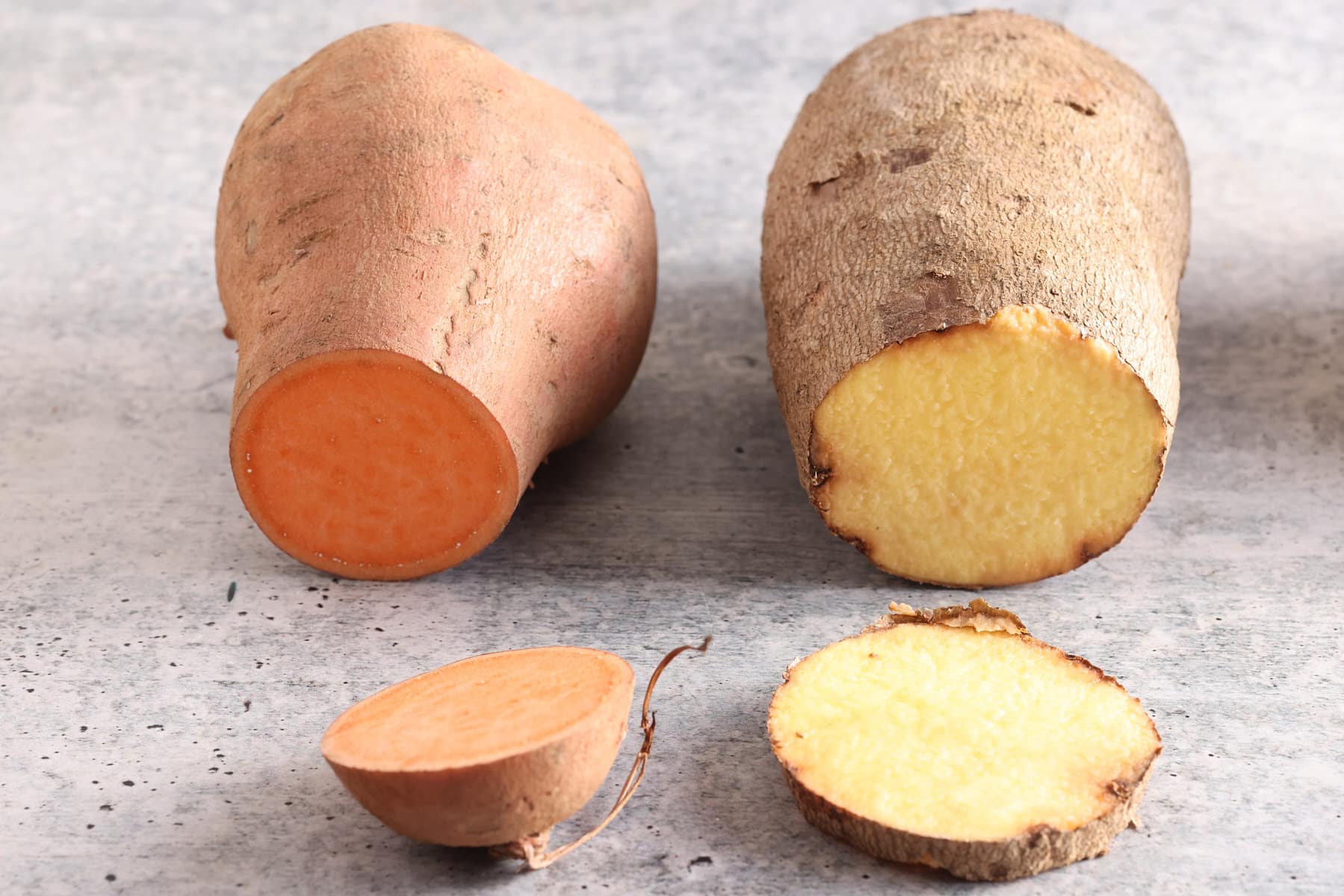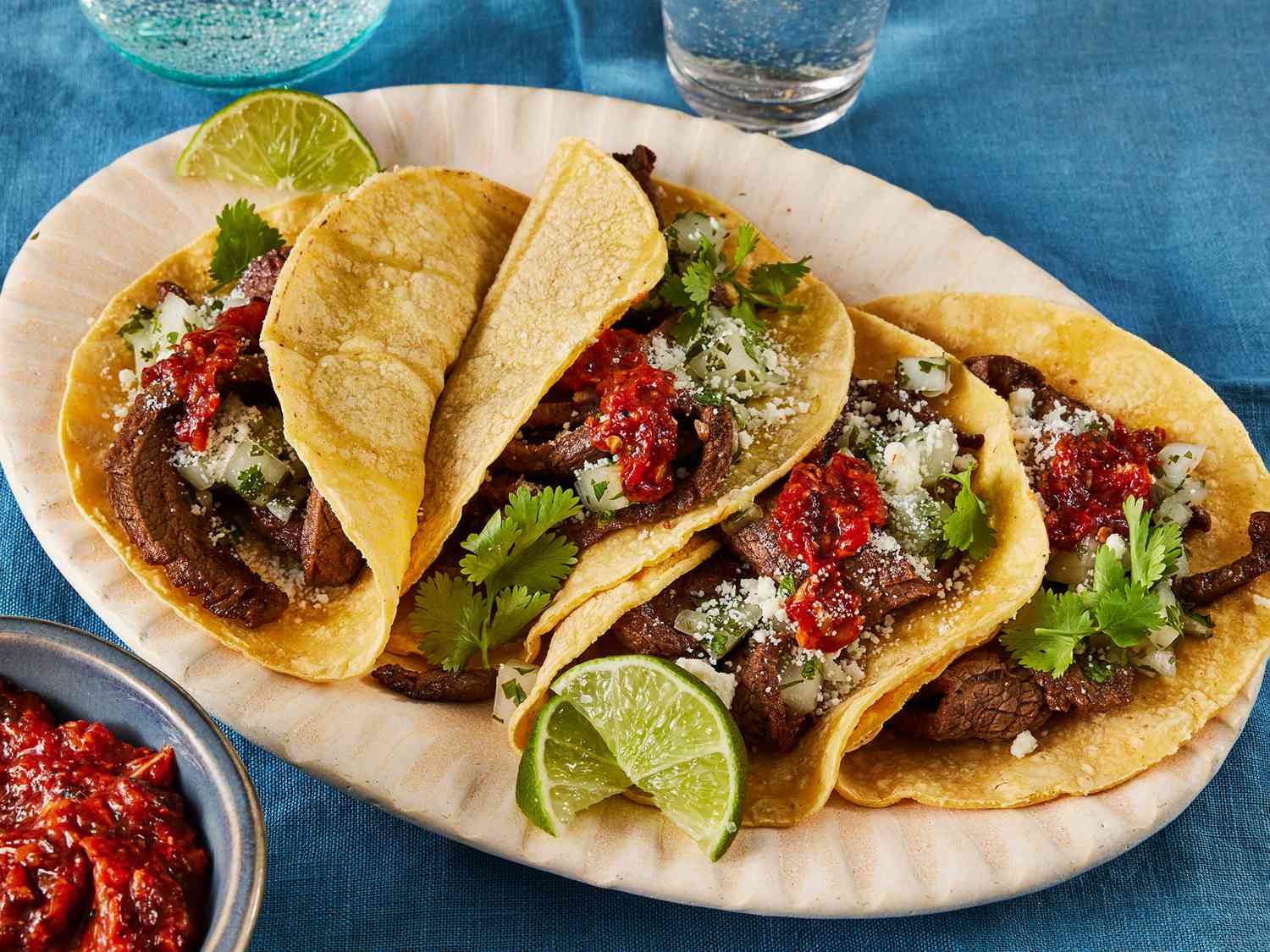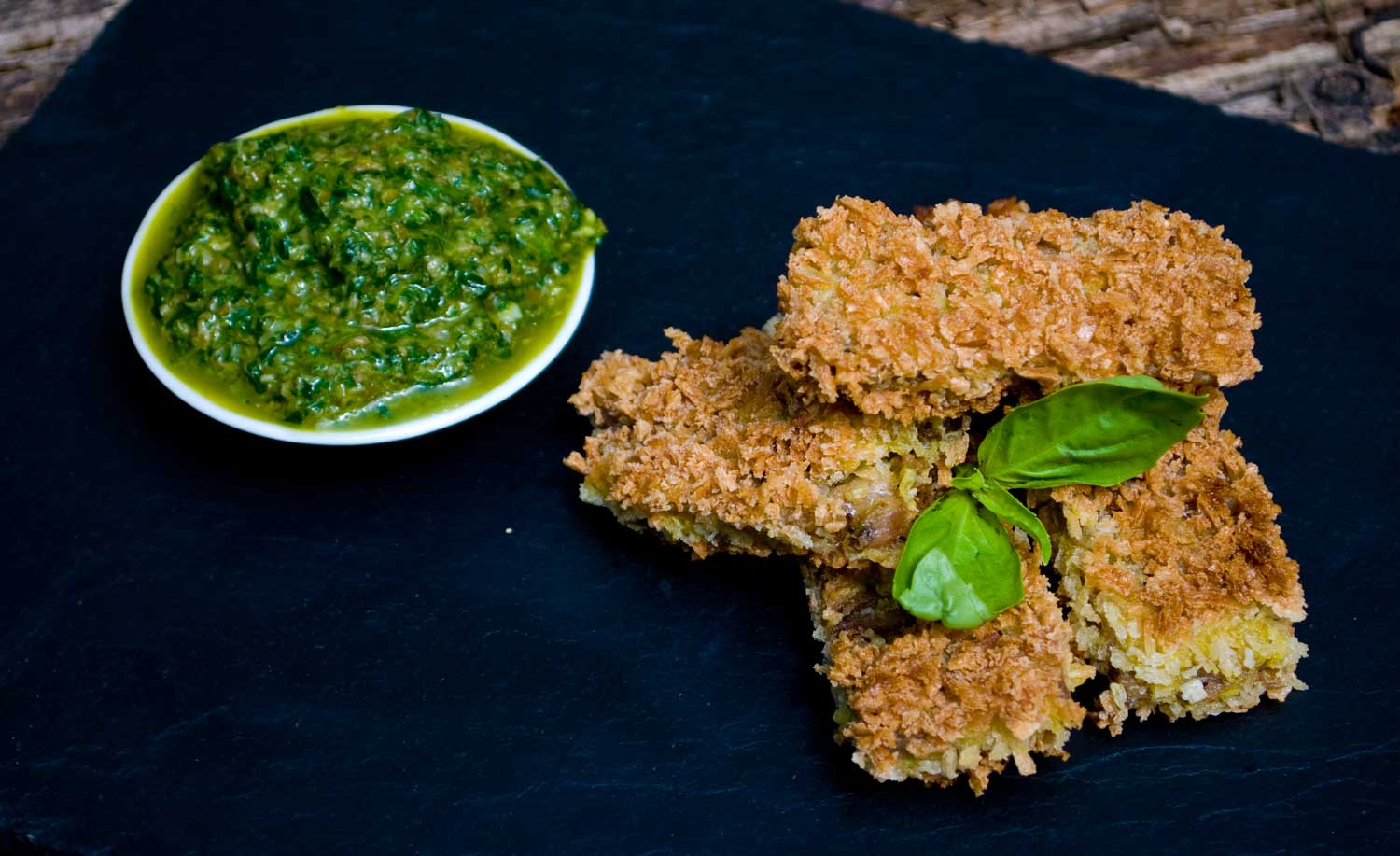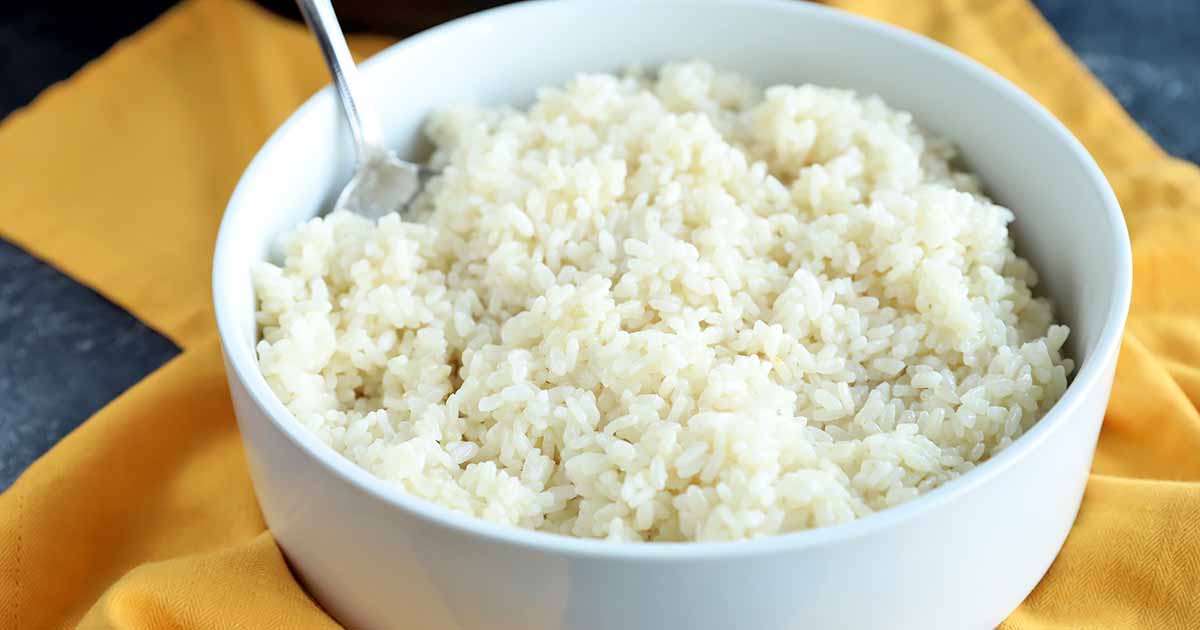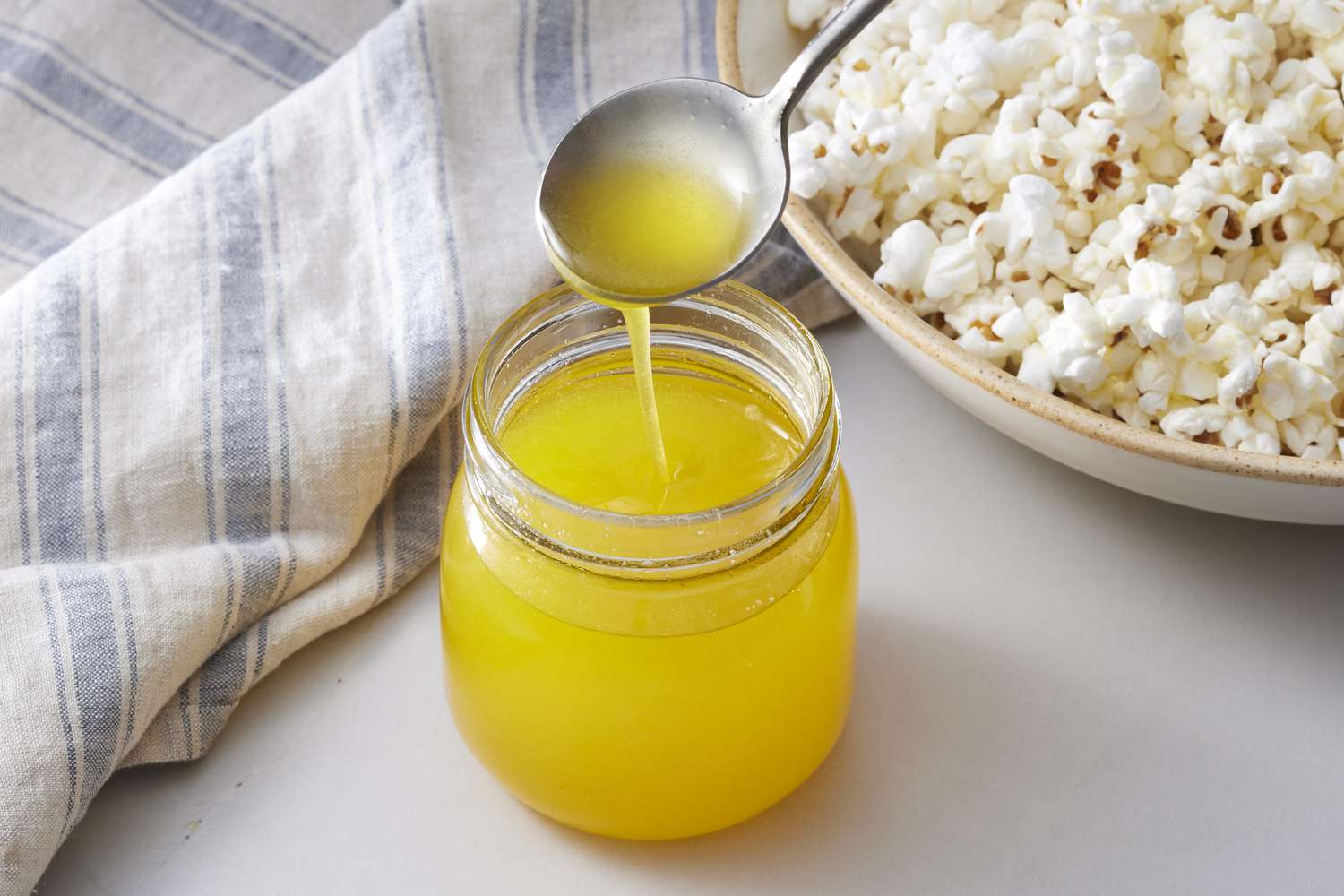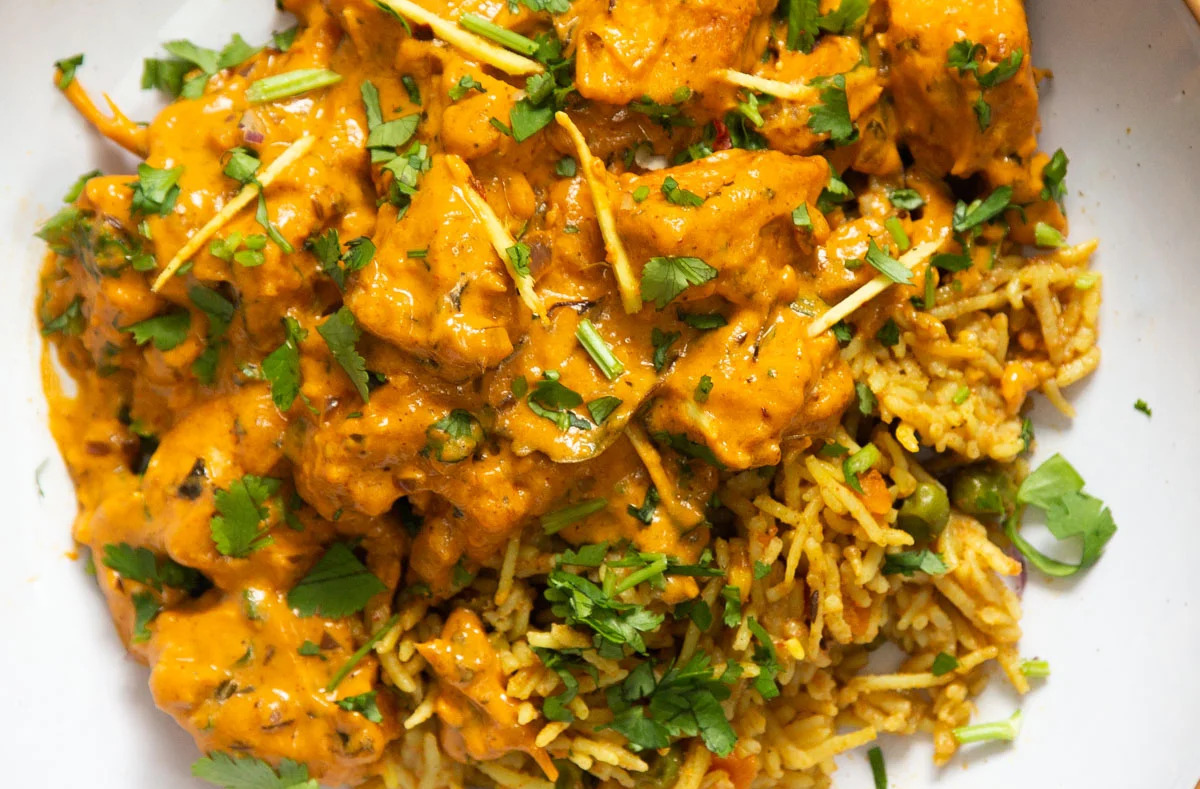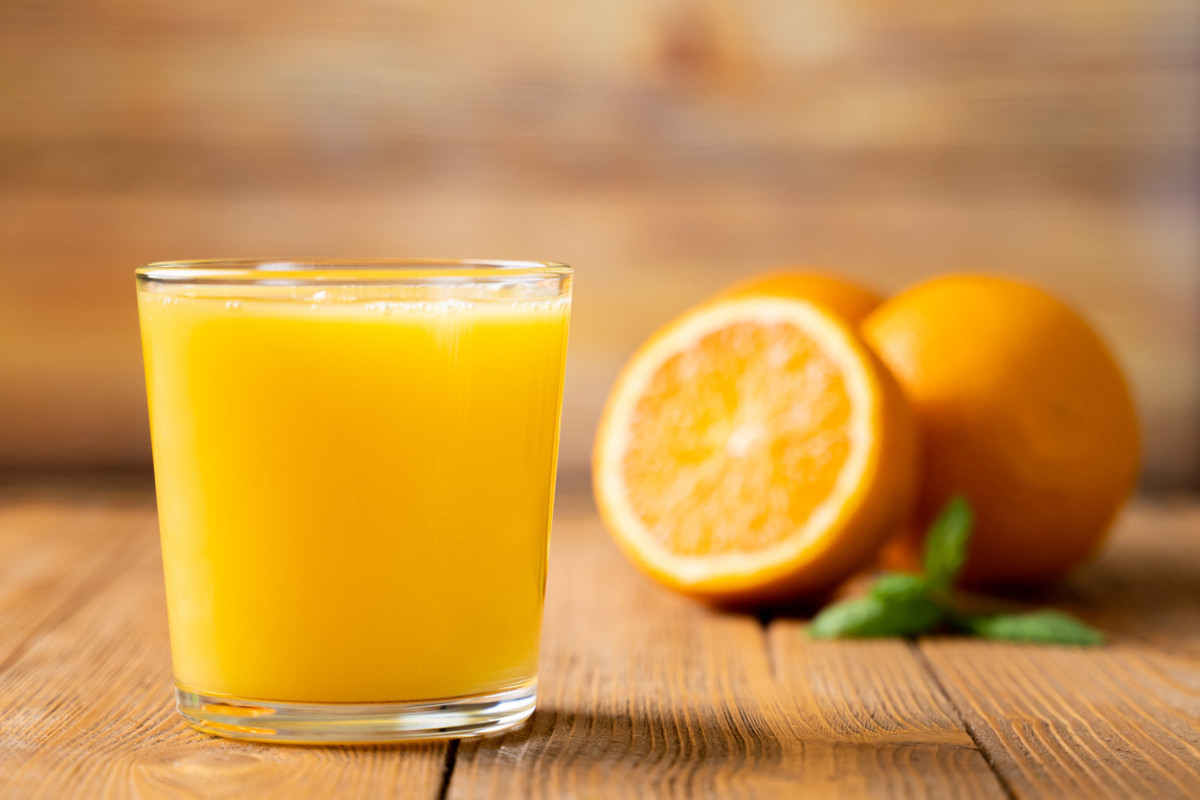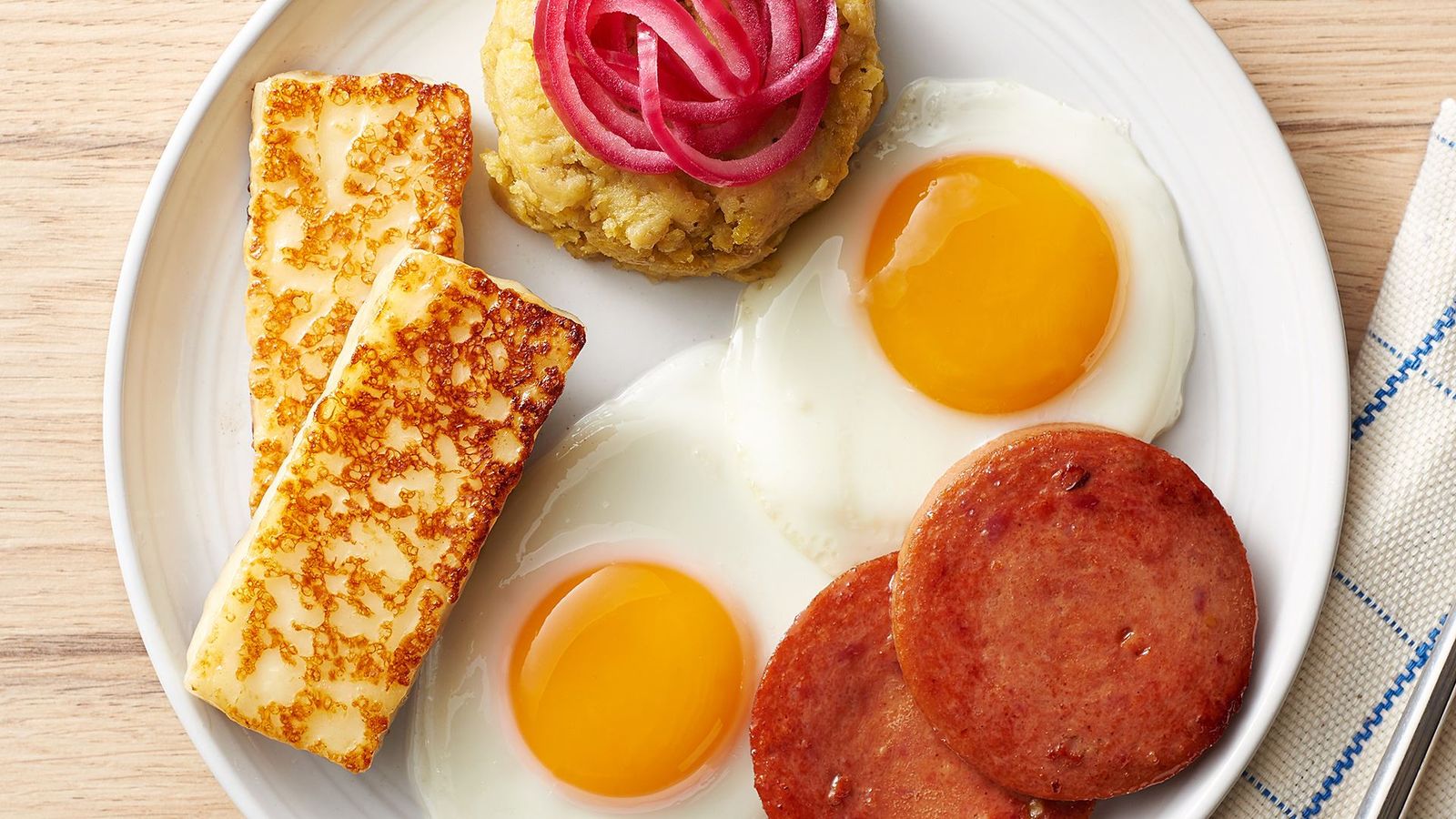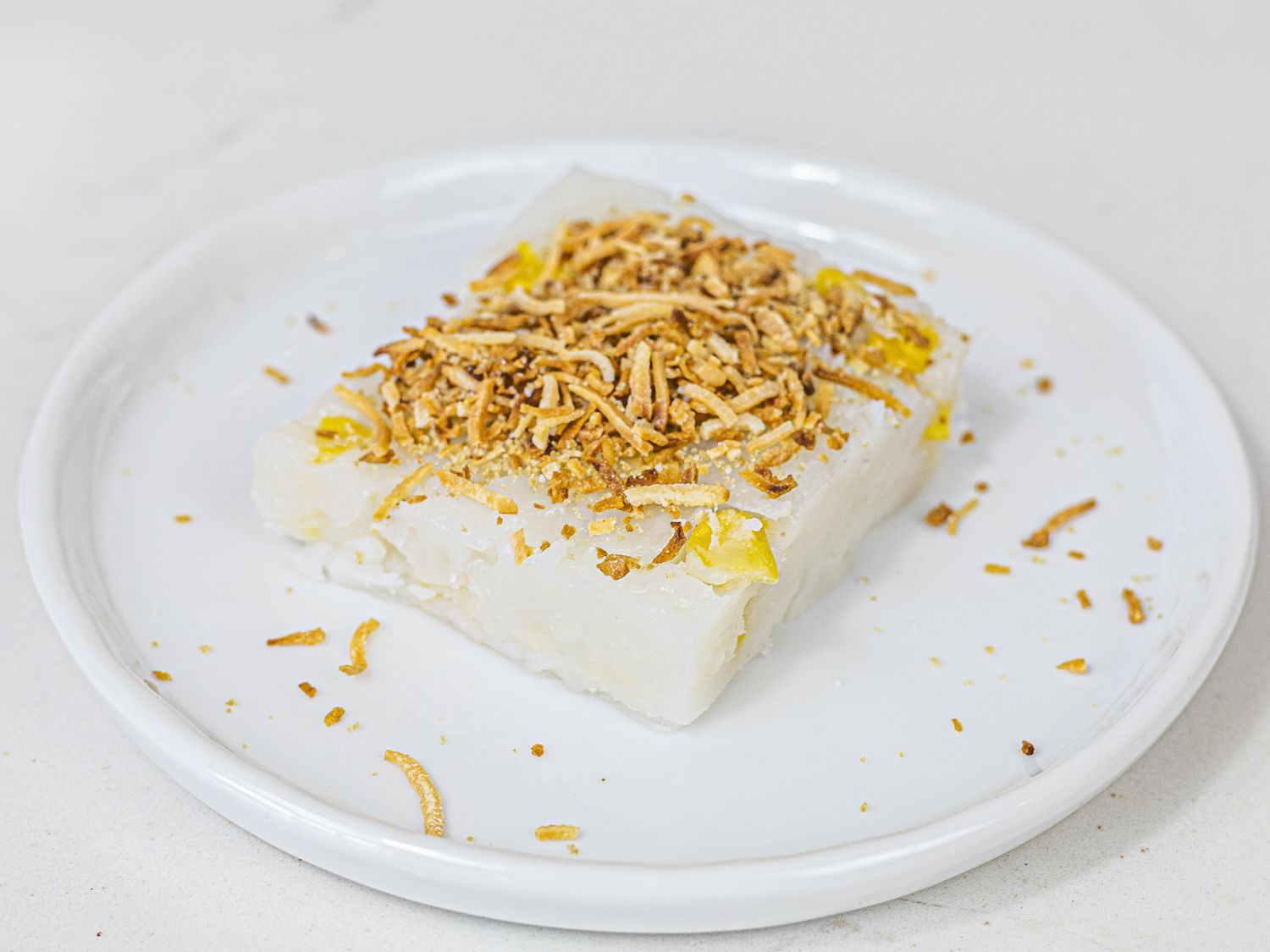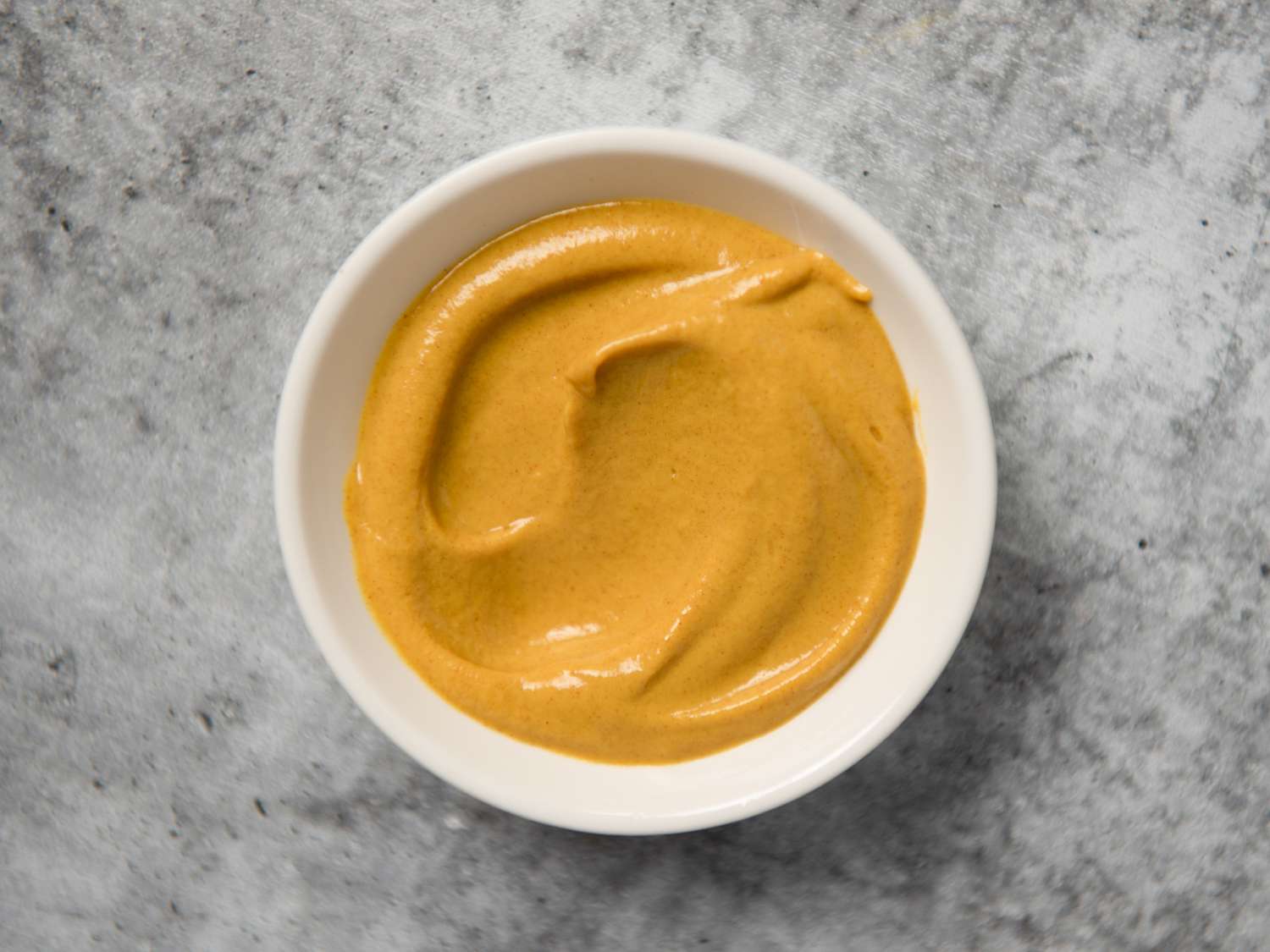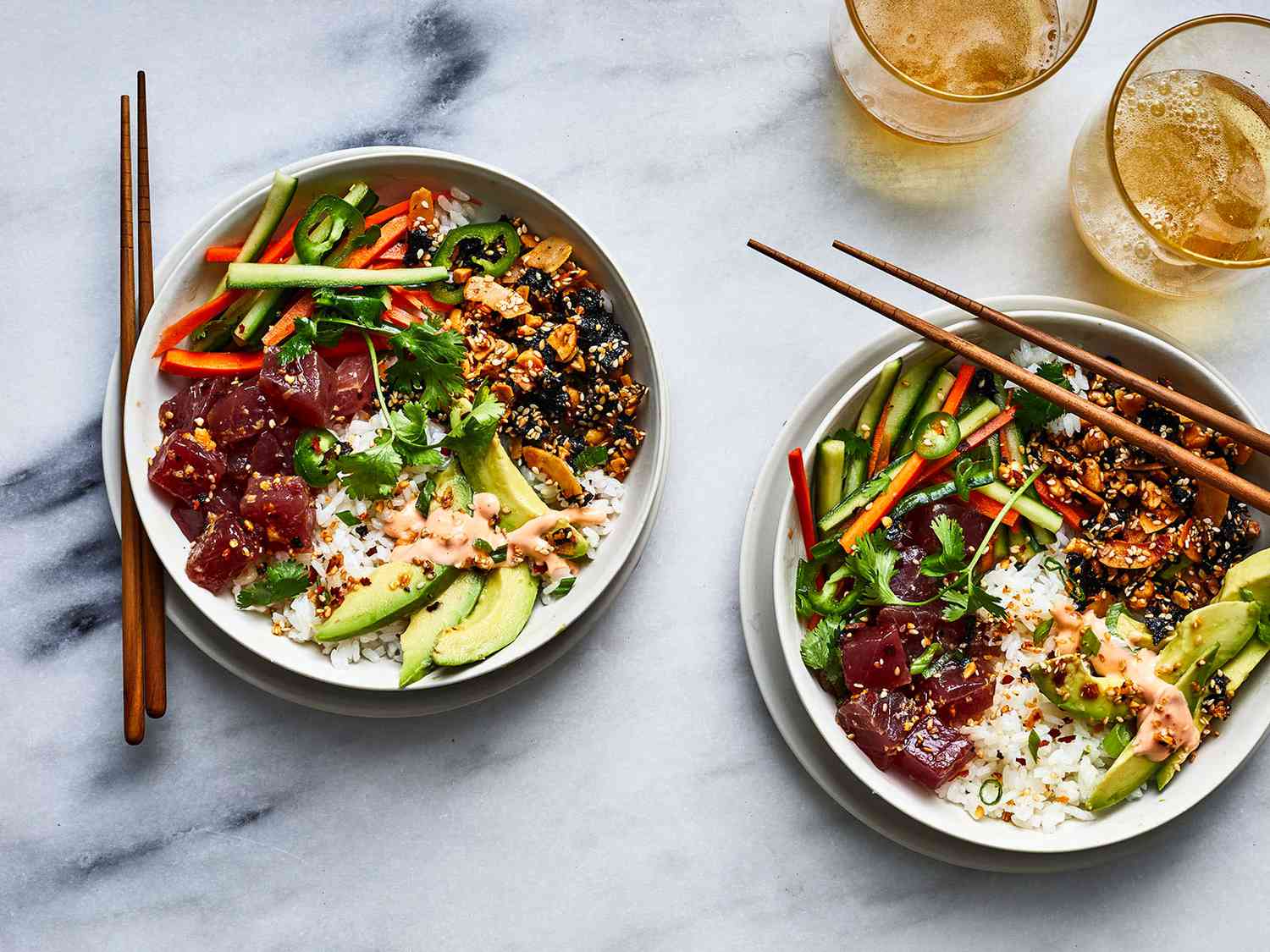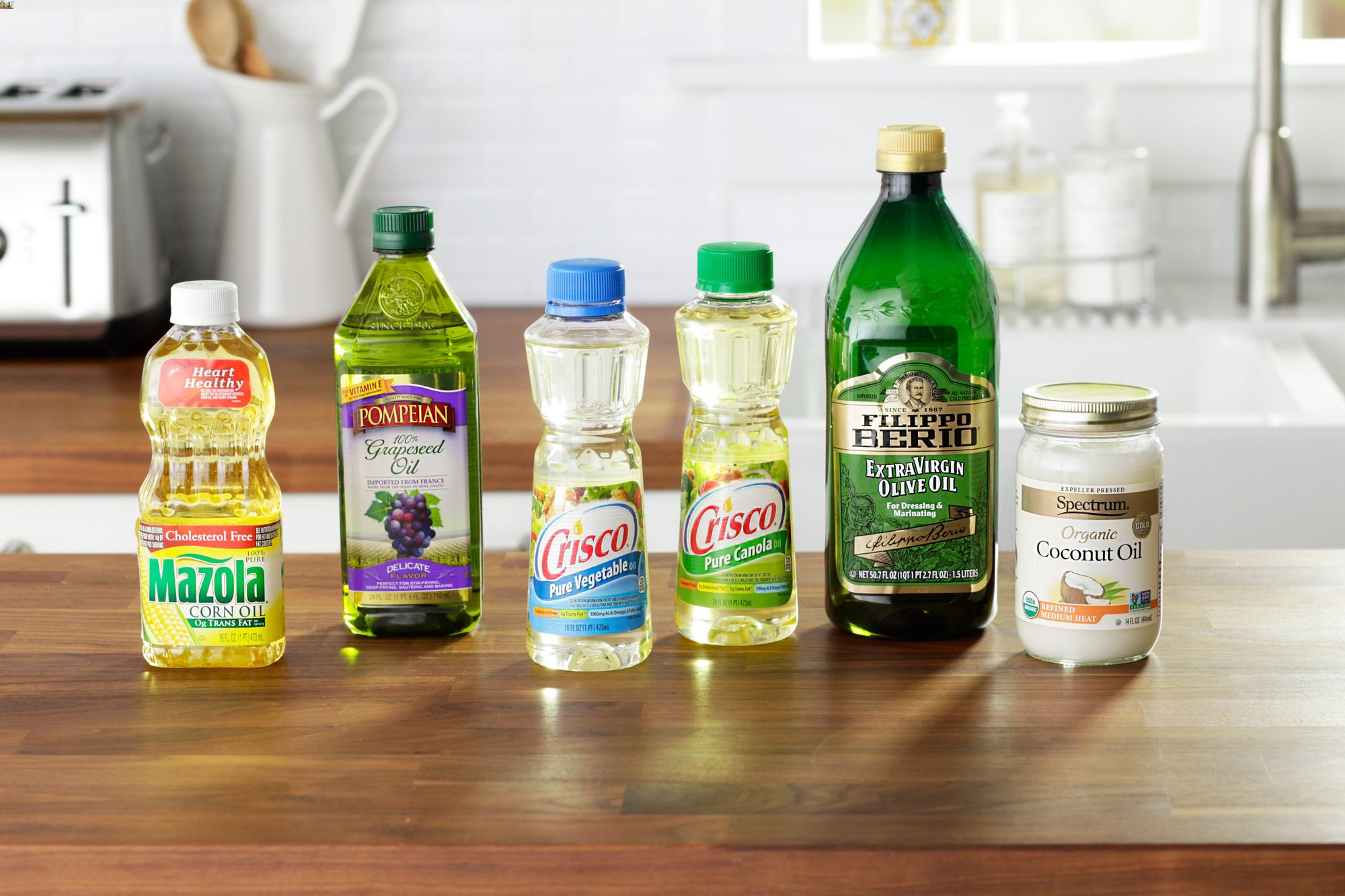Exploring the Versatility of Meringue in Culinary Delights
When it comes to creating delectable desserts, meringue is a versatile and essential ingredient that adds a touch of lightness and sweetness to a wide range of treats. Made from whipped egg whites and sugar, meringue can be used in various ways to elevate the flavor and texture of desserts. Let’s delve into the world of meringue and explore its diverse uses in the culinary realm.
1. Topping for Pies and Tarts
One of the most popular uses of meringue is as a topping for pies and tarts. The light and airy texture of meringue provides a delightful contrast to the rich and creamy fillings of pies such as lemon meringue pie or chocolate meringue pie. The fluffy meringue is piped on top of the pie filling and then baked until it forms a golden brown crust, creating a visually appealing and delicious dessert.
2. Meringue Cookies
Meringue can also be transformed into delicate and crispy cookies that are perfect for satisfying a sweet tooth. By piping the meringue mixture onto a baking sheet and baking it at a low temperature, you can create light and airy meringue cookies that melt in your mouth. These cookies can be flavored with vanilla, chocolate, or other extracts to add a burst of flavor.
3. Meringue Frosting
For those who prefer a lighter and less sweet frosting, meringue can be used to create a fluffy and elegant frosting for cakes and cupcakes. Swiss meringue, made by gently heating egg whites and sugar over a double boiler before whipping them into stiff peaks, results in a smooth and stable frosting that can be flavored with various extracts or cocoa powder.
4. Meringue Kisses
Small, bite-sized meringue kisses are a delightful treat that can be enjoyed on their own or used as a decorative element on desserts. These tiny morsels are made by piping small dollops of meringue onto a baking sheet and baking them until they are crisp on the outside and chewy on the inside. Meringue kisses can be flavored and colored to suit any occasion, making them a versatile and visually appealing addition to any dessert spread.
5. Meringue-Based Desserts
Aside from being used as a topping or a standalone treat, meringue can also be incorporated into various desserts to add a touch of elegance and lightness. From pavlovas topped with fresh fruits and whipped cream to decadent meringue roulades filled with luscious fillings, there are endless possibilities for creating stunning and delicious meringue-based desserts.
Whether it’s adding a decorative touch to a pie or creating a show-stopping dessert, meringue is a versatile and indispensable ingredient in the world of pastry and confectionery. Its ability to transform simple ingredients into ethereal delights makes it a favorite among bakers and dessert enthusiasts alike. So, the next time you’re in the mood for something sweet and airy, consider incorporating meringue into your culinary creations for a touch of lightness and elegance.
Was this page helpful?
Read Next: What Is Paper-Wrapped Chicken
